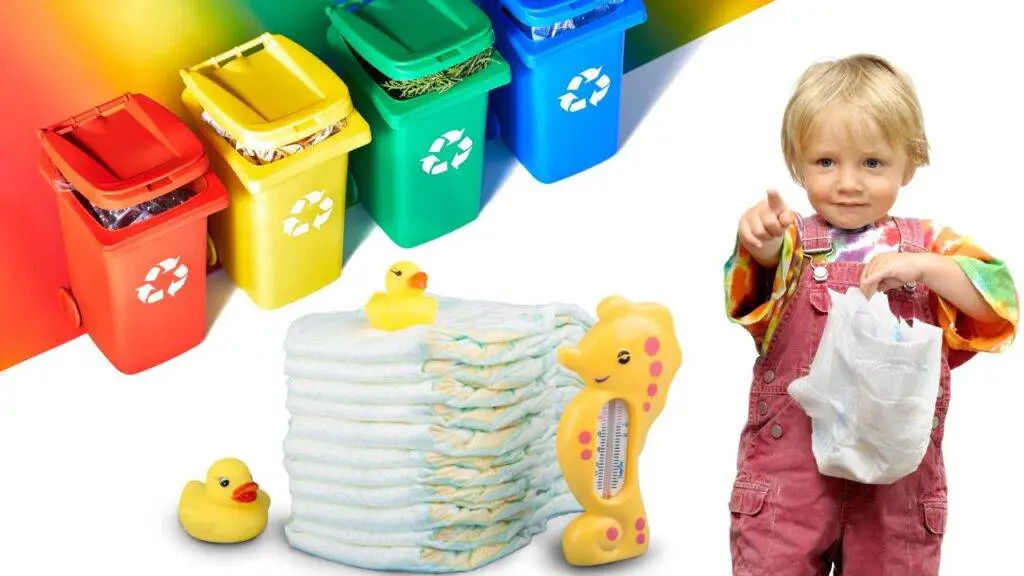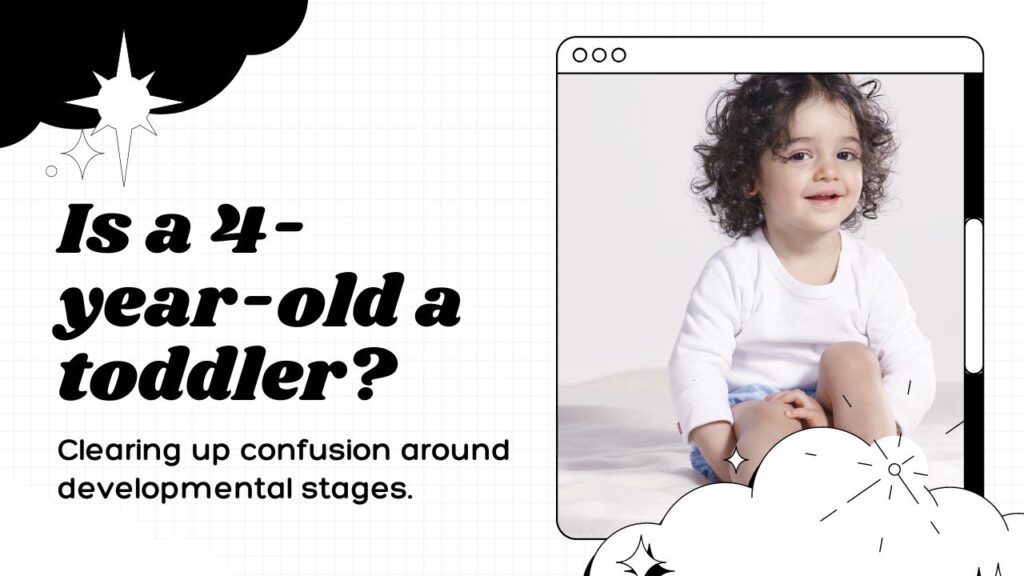How to Teach Balance Bikes
Balance bikes, also known as running bikes or pushbikes, have gained immense popularity in recent years as the preferred method for teaching young children how to ride a bike. These innovative training tools have revolutionized the way kids learn to balance and eventually pedal, making the transition to a regular bicycle a breeze. In this comprehensive guide, we’ll explore the ins and outs of teaching balance bikes to toddlers effectively, ensuring that your child not only learns to ride but also develops crucial motor skills and confidence.
Understanding the Basics
What is a Balance Bike?
A toddler balance bike is a specialized bicycle designed to help children as young as 18 months learn how to balance on two wheels before tackling a regular pedal bike. It consists of a simple frame with two wheels, a handlebar, and a comfortable seat. Notably, balancing bikes lack pedals, which is a key feature that sets them apart from traditional bikes.
Why Choose a Balance Bike?
There are several compelling reasons to opt for a balance bike over traditional training wheels:
- Balance and Coordination: Baby Balance bikes teach kids the fundamental skills of balance and coordination from an early age. This foundation makes the transition to a pedal bike significantly smoother.
- Safety: Bike Balance is inherently safer because children can use their feet to stop and stabilize themselves. This reduces the risk of accidents and instills confidence in young riders.
- Intuitive Learning: Learning to ride a kids balance bike is intuitive. Children simply walk or run while straddling the bike, eventually lifting their feet off the ground to glide effortlessly.
Choosing the Right Balance Bike
Consider the Size
Choosing the correct size balance bike is crucial for your child’s comfort and safety. To ensure the right fit, your child should be able to sit on the seat with their feet flat on the ground. This position allows them to push off easily and maintain balance.
Assess the Material
Balance bikes come in various materials, including wood, metal, and plastic. Each material has its advantages:
- Wooden Balance Bikes: These bikes are eco-friendly and often have an appealing, natural look.
- Metal Balance Bikes: Metal bikes are durable and lightweight, making them suitable for various terrains.
- Plastic Balance Bikes: Plastic bikes are typically more affordable and are suitable for younger children.
Adjustable Seat Height
Many balance bikes feature an adjustable seat height, which is a valuable feature. It allows the bike to grow with your child, ensuring long-term use and value for your investment.
Teaching the Basics
Safety First
Before your child takes their first ride, prioritize safety:
- Helmet: Ensure your child wears a properly fitting helmet at all times while riding the balance bike.
- Protective Gear: Consider knee and elbow pads to prevent injuries during falls.
- Closed-Toe Shoes: Encourage your child to wear closed-toe shoes with adequate grip for better control.
Find a Suitable Location
Select a safe and open area for your child’s initial attempts. Ideal locations include:
- Empty Parking Lots: These provide ample space with minimal traffic.
- Quiet Parks: Parks with wide pathways or grassy areas are excellent for beginners.
The Proper Riding Position
Guide your child to assume the correct riding position:
- Seated Comfortably: Ensure your child sits on the seat with their back straight.
- Hands on Handlebars: Encourage your child to keep their hands on the handlebars at all times.
The Art of Balance
Teaching balance is the core of the balance bike method:
- Walking with the Bike: Initially, have your child walk while straddling the bike, using their feet to stabilize.
- Gradual Lift-off: Encourage them to gradually lift their feet off the ground to practice balancing.
Progressing to Pedals
Building Confidence
As your child becomes more comfortable balancing on the bike, introduce the concept of coasting. Encourage them to lift their feet and coast for short distances, trusting their balance.
Transitioning to Pedals
When your child is comfortable with the balance bike and demonstrates control and confidence, it’s time to transition to a regular pedal bike. The skills they’ve developed on the balance bike will significantly ease this transition.
Choose 5 Best Balance Bikes from our Collection
For your convenience, we have created a list of The 5 Best Balance Bikes for Kids:
Disclaimer :Teddycounty participates in the Amazon Associates program. We may receive a commission if you make a purchase via our website at no additional cost to you.
SEREED Baby Balance Bike
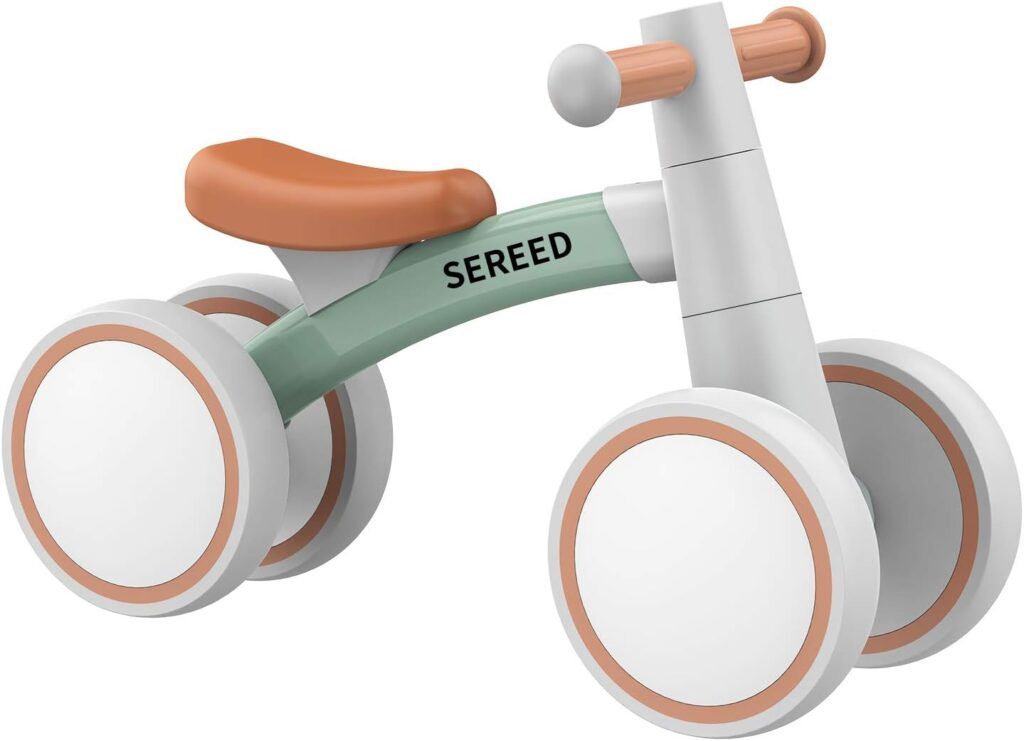
Retrospec Cricket Baby Walker Balance
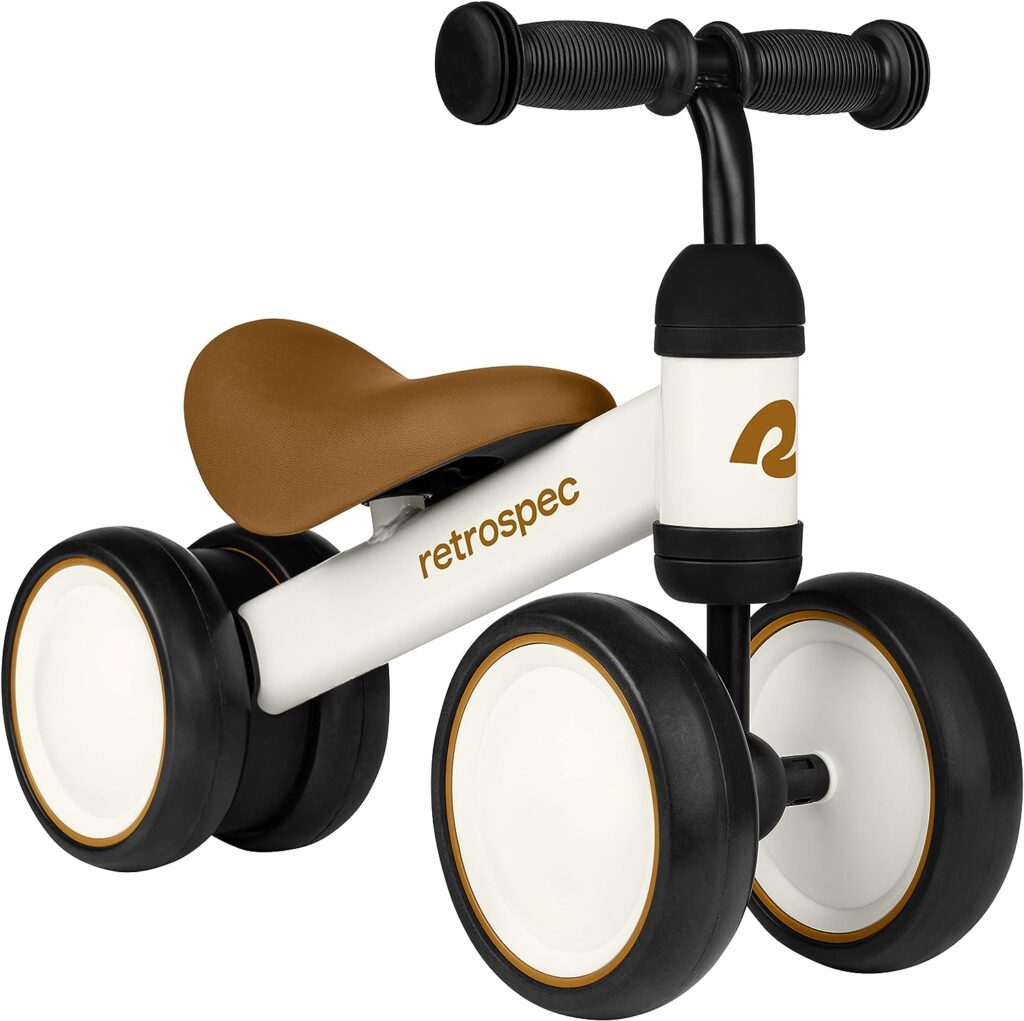
KRIDDO Toddler Balance Bike
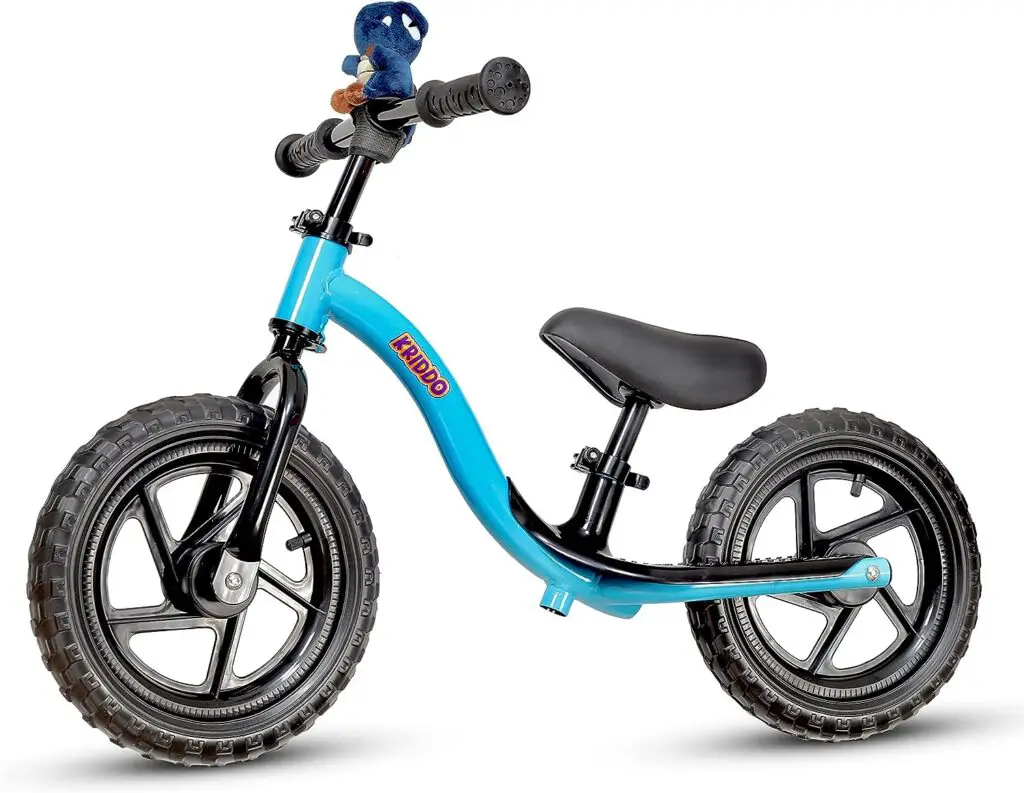
Strider 12” Sport Bike
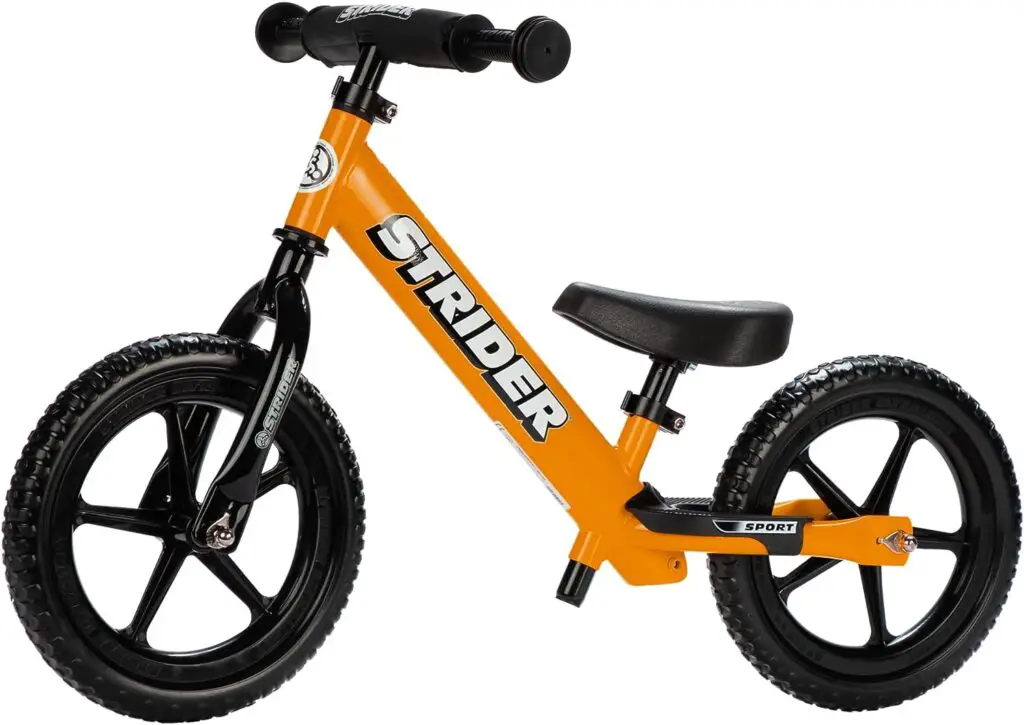
BEKILOLE Balance Bike
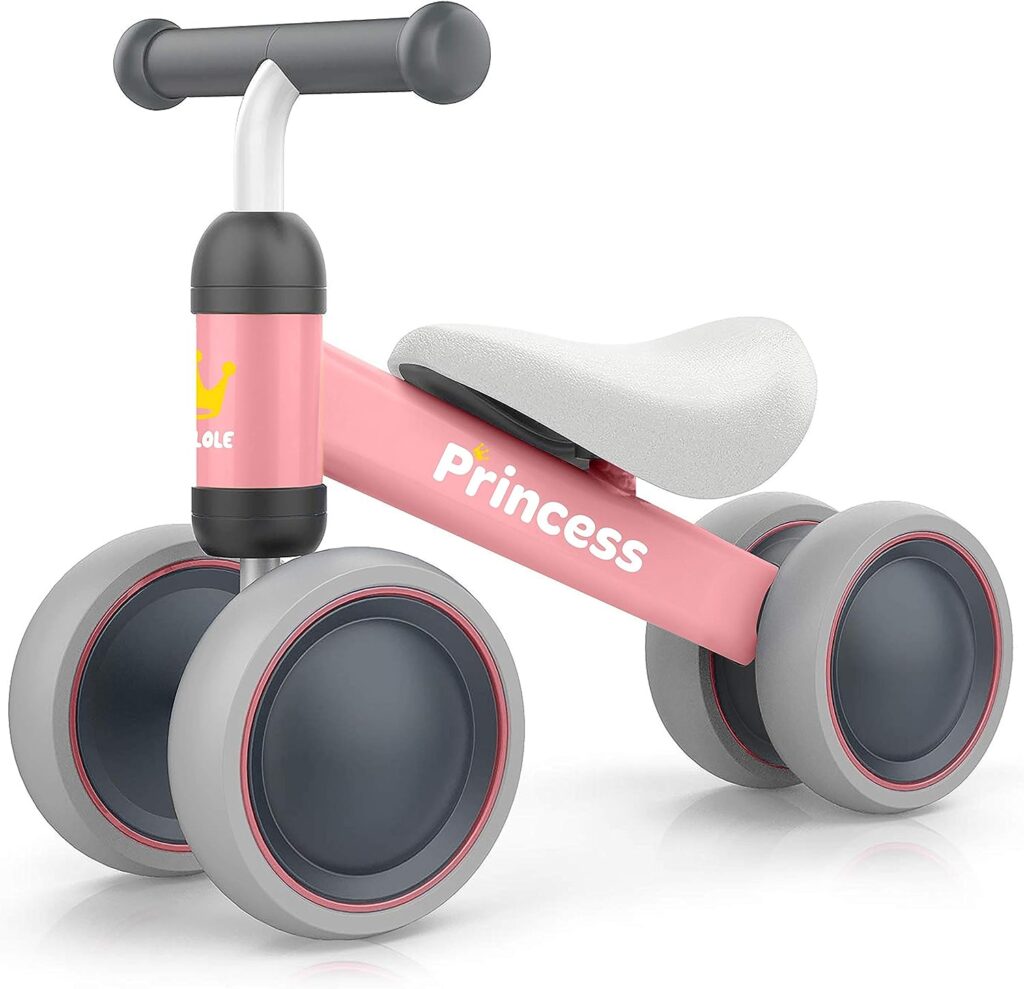
Conclusion
Teaching a child to ride a balance bike is a rewarding experience that sets the foundation for a lifetime of cycling enjoyment. By following these steps and guidelines, you can ensure that your child not only learns to ride but also develops essential motor skills and confidence. Remember, patience is key, and with the right approach, your child will be pedaling away in no time.

